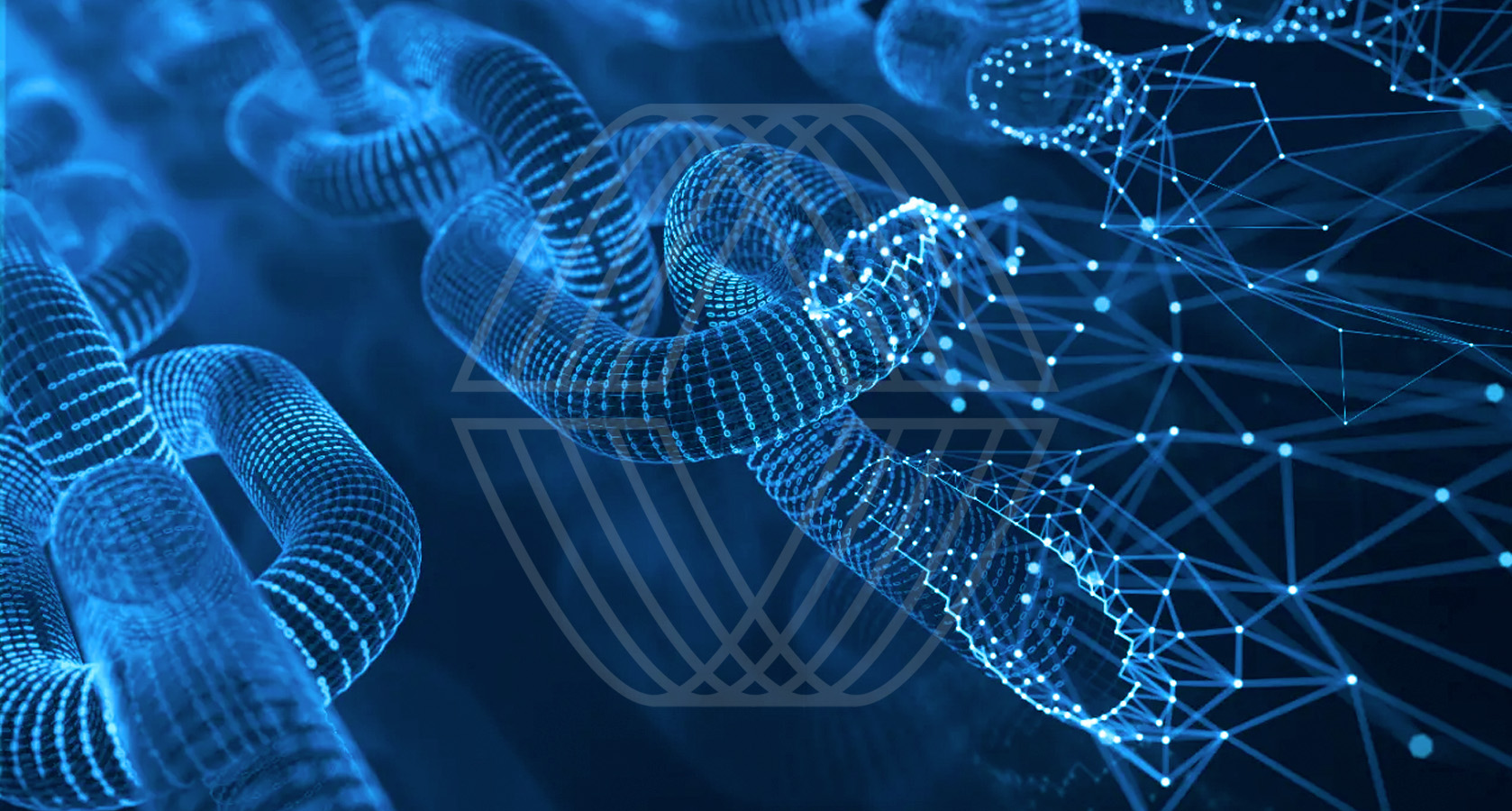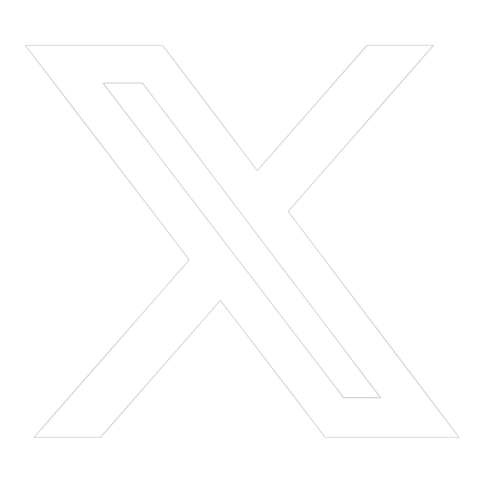In a constantly evolving Web3 landscape, Vitreus introduces a unique tri-asset system that empowers developers and community members to optimize participation, enhance financial flexibility, and achieve lasting stability.
The Web3 space is rife with innovation, yet many platforms rely on a single, volatile asset model. This structure, though simple, often forces users into rigid financial pathways, limiting their ability to adapt to changing market conditions. Vitreus, on the other hand, breaks the mold with a pioneering tri-asset economy that balances governance, operational fluidity, and value stability. This tri-asset approach comprises three distinct assets—VTRS, gVolts, and Phi—each crafted to serve a specific function within the ecosystem, granting developers unprecedented control over their financial strategies and participatory roles.
A Tri-Asset Economy Tailored for Web3 Developers
The Vitreus tri-asset system is a game-changer for Web3 developers. Each asset within the ecosystem—VTRS, gVolts, and Phi—fulfills a unique role:
1) VTRS: The Governance Anchor
2) gVolts: Operational Flexibility and Fuel
3) Phi: The Stability and Reward Mechanism
Leveraging the Tri-Asset Economy for Customizable Financial Strategies
With Vitreus’ tri-asset model, developers are no longer restricted to a single pathway. The system’s flexibility enables users to shape their experience based on individual goals:
Key Use Cases in the Vitreus Ecosystem
The tri-asset model opens doors to various use cases, each enhancing the developer experience within Vitreus:
Conclusion: Building a Resilient and Adaptive Ecosystem with Vitreus
The tri-asset economy of Vitreus redefines what developers can achieve within a blockchain environment. By addressing the need for governance, operational efficiency, and stability, this innovative model offers a balanced, flexible system that adapts to diverse goals. Whether you’re a developer aiming to maximize your influence, run cost-efficient dApps, or protect your assets from volatility, Vitreus’ VTRS, gVolts, and Phi create a well-rounded financial foundation.
As the Web3 landscape continues to evolve, Vitreus stands out as a platform that empowers developers to build with confidence, knowing they have the tools to manage their assets strategically. Dive into the Vitreus tri-asset ecosystem and discover how this pioneering approach can drive your growth, stability, and long-term success in the Web3 world.
Ready to redefine loyalty in Web3? Join the Vitreus ecosystem and see how Bonds can elevate your dApp’s engagement and user retention by following us on X and connecting with our vibrant community on Discord. Let’s build the future together—one block at a time. Learn more at Vitreus.io!
The Web3 space is rife with innovation, yet many platforms rely on a single, volatile asset model. This structure, though simple, often forces users into rigid financial pathways, limiting their ability to adapt to changing market conditions. Vitreus, on the other hand, breaks the mold with a pioneering tri-asset economy that balances governance, operational fluidity, and value stability. This tri-asset approach comprises three distinct assets—VTRS, gVolts, and Phi—each crafted to serve a specific function within the ecosystem, granting developers unprecedented control over their financial strategies and participatory roles.
A Tri-Asset Economy Tailored for Web3 Developers
The Vitreus tri-asset system is a game-changer for Web3 developers. Each asset within the ecosystem—VTRS, gVolts, and Phi—fulfills a unique role:
1) VTRS: The Governance Anchor
- VTRS stands at the heart of Vitreus’ governance framework, empowering developers and users alike with a stake in the network’s direction. By staking VTRS, participants gain the right to vote on key decisions, propose updates, and contribute to the network’s long-term evolution. This asset gives developers a say in the platform’s progression and aligns their success with the ecosystem’s growth.
- Beyond voting power, staking VTRS generates gVolts, which further incentivizes engagement and provides developers with resources to fuel operational needs.
2) gVolts: Operational Flexibility and Fuel
- Acting as the operational powerhouse, gVolts are earned through VTRS staking and serve as the fuel for transactions and activities on the Vitreus network. By enabling developers to transact without relying on the volatility of external market conditions, gVolts offer a stable, cost-effective means of operation.
- For developers, this means being able to run decentralized applications (dApps) and manage assets with minimal friction. Additionally, gVolts can be converted into VTRS or Phi, offering a strategic balance between operational needs, governance participation, and financial stability.
3) Phi: The Stability and Reward Mechanism
- Phi introduces a stable store of value within the Vitreus ecosystem, protecting users and developers from the volatility that often plagues blockchain assets. Ideal for those seeking stability, Phi is particularly appealing to long-term participants who prefer a safer asset amidst market fluctuations.
- Phi’s role goes beyond stability; it’s also the foundation of Vitreus’ reward and loyalty systems. By burning Phi to upgrade their Bonds, users unlock a range of perks, effectively gamifying their engagement with the network and fostering a community-oriented approach to asset management.
Leveraging the Tri-Asset Economy for Customizable Financial Strategies
With Vitreus’ tri-asset model, developers are no longer restricted to a single pathway. The system’s flexibility enables users to shape their experience based on individual goals:
- Growth-Oriented Strategies: Developers who prioritize influence within the ecosystem can focus on VTRS, staking for governance power and accumulating gVolts to fund development.
- Operational Efficiency: For those focused on building dApps and conducting regular transactions, gVolts offer a stable, non-volatile resource, ensuring predictable operational costs.
- Stability-Seeking Participation: Participants aiming for financial stability can convert gVolts into Phi, enjoying both a steady asset and access to exclusive rewards, making it perfect for users and developers looking for a balanced, risk-managed approach.
Key Use Cases in the Vitreus Ecosystem
The tri-asset model opens doors to various use cases, each enhancing the developer experience within Vitreus:
- Governance Engagement with VTRS: Developers and users who hold VTRS can vote on proposals and protocol upgrades, actively shaping the future of Vitreus. This collaborative approach aligns community success with individual growth, creating a symbiotic relationship between developers and the network.
- Efficient Operations with gVolts: With gVolts as the main currency for transactions, developers can budget and predict operational costs without the unpredictability tied to external cryptocurrencies. This design allows for seamless and cost-effective deployment of applications.
- Loyalty Rewards and Stability with Phi: Beyond stability, Phi empowers users to participate in the Vitreus Bonds system, where they can upgrade Bonds by burning Phi and access a tiered rewards system. This unique structure ensures that participants who invest in the ecosystem’s stability receive lasting value and incentives.
Conclusion: Building a Resilient and Adaptive Ecosystem with Vitreus
The tri-asset economy of Vitreus redefines what developers can achieve within a blockchain environment. By addressing the need for governance, operational efficiency, and stability, this innovative model offers a balanced, flexible system that adapts to diverse goals. Whether you’re a developer aiming to maximize your influence, run cost-efficient dApps, or protect your assets from volatility, Vitreus’ VTRS, gVolts, and Phi create a well-rounded financial foundation.
As the Web3 landscape continues to evolve, Vitreus stands out as a platform that empowers developers to build with confidence, knowing they have the tools to manage their assets strategically. Dive into the Vitreus tri-asset ecosystem and discover how this pioneering approach can drive your growth, stability, and long-term success in the Web3 world.
Ready to redefine loyalty in Web3? Join the Vitreus ecosystem and see how Bonds can elevate your dApp’s engagement and user retention by following us on X and connecting with our vibrant community on Discord. Let’s build the future together—one block at a time. Learn more at Vitreus.io!









